MuseNet - AI tool generates music ideas.
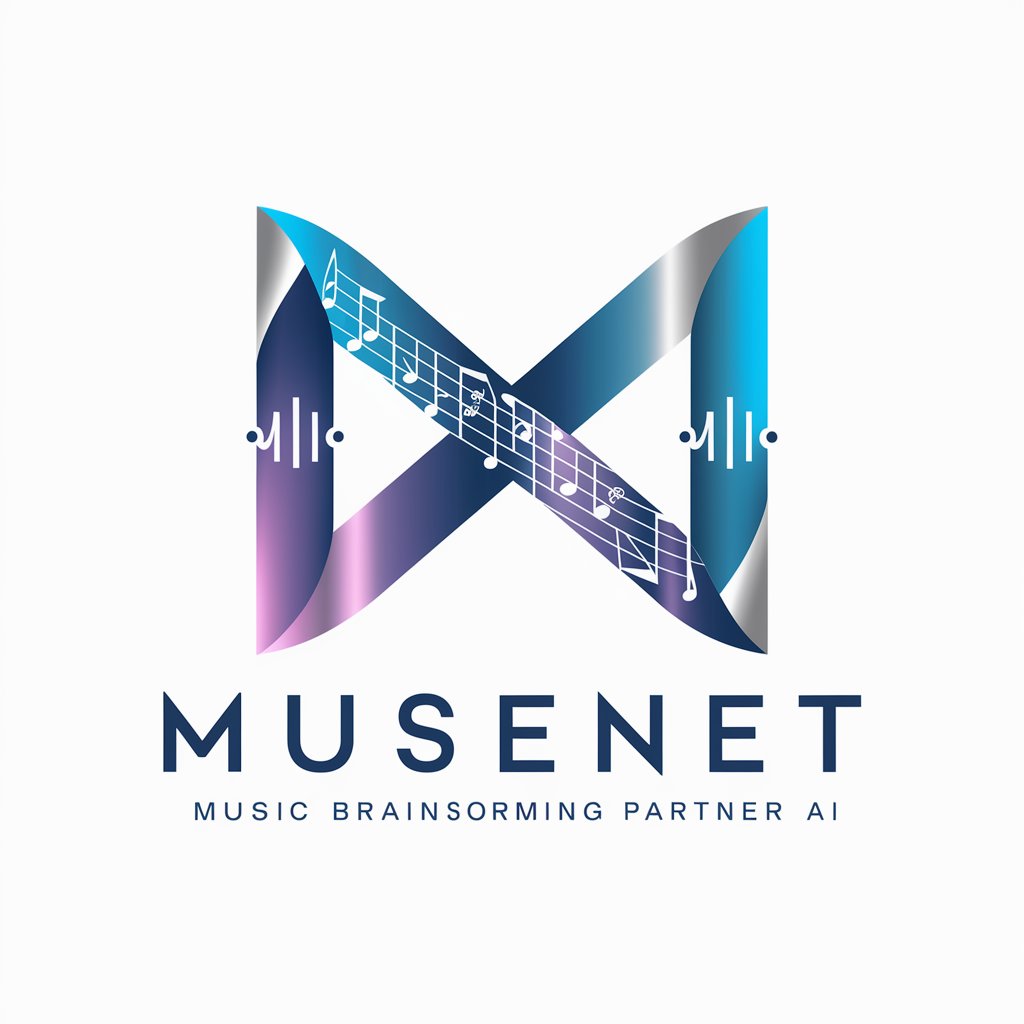
Welcome to MuseNet, your musical brainstorming partner!
Unlock musical creativity with AI inspiration.
Compose a serene piano melody that evokes a sense of calm and reflection...
Suggest a rhythmic pattern for a lively jazz ensemble using drums and brass instruments...
Create a chord progression for an upbeat pop song that incorporates major and minor chords...
Describe the musical theory behind creating a hauntingly beautiful melody for a solo violin...
Get Embed Code
Introduction to MuseNet
MuseNet is an AI-powered musical assistant developed to inspire creativity and assist in musical composition. By leveraging deep neural networks, MuseNet can generate, suggest, and guide users in creating music across various genres and styles. Its primary design purpose is to aid musicians, composers, and enthusiasts in their creative process by providing musical ideas, explanations, and inspiration. For example, a user could specify a genre and instrument setup, and MuseNet might generate a fitting melody or chord progression, offering insights into why these elements work together harmoniously. In another scenario, a songwriter might be stuck on a bridge section of a song, and MuseNet could suggest potential options based on the desired mood or emotion. Powered by ChatGPT-4o。

Main Functions of MuseNet
Melody Generation
Example
MuseNet can generate melodies based on user-specified genres, instruments, or moods.
Scenario
A film composer needing inspiration for a dramatic scene might input 'dramatic, strings' to receive a suggested melody fitting the mood.
Chord Progressions
Example
MuseNet can propose chord progressions aligned with specific genres or emotions.
Scenario
A pop songwriter looking for a catchy chorus might input 'happy, pop' to get a series of chords that fit a joyful mood.
Rhythmic Patterns
Example
MuseNet can suggest rhythmic patterns tailored to different styles or instruments.
Scenario
A drummer exploring new beats might input 'jazz, drums' to receive creative jazz-inspired rhythmic patterns.
Music Theory Insights
Example
MuseNet can explain the musical theory behind its suggestions.
Scenario
A music student learning about harmonic minor scales might input 'harmonic minor, explanation' to get detailed insights and examples.
Ideal Users of MuseNet
Composers and Songwriters
Composers and songwriters can benefit from MuseNet by using it to generate new musical ideas, overcome writer's block, and gain insights into musical theory. They would appreciate MuseNet's ability to provide melodies, chord progressions, and rhythmic patterns tailored to their needs.
Music Students and Educators
Music students and educators can use MuseNet as a learning tool. Students can explore different genres, instruments, and theory concepts, while educators can use it to illustrate musical principles and inspire classroom exercises.
Producers and Sound Designers
Producers and sound designers can leverage MuseNet to quickly prototype musical ideas, experiment with different styles, and generate unique soundscapes. The AI's ability to cater to various genres makes it a versatile tool for creating music across different projects.
Hobbyist Musicians
Hobbyist musicians who enjoy exploring and creating music as a pastime can find MuseNet valuable for inspiration and guidance. It provides an accessible way to learn about music, experiment with different genres, and create personalized compositions.

How to Use MuseNet
Visit yeschat.ai for a free trial without login, also no need for ChatGPT Plus.
Simply go to yeschat.ai and start using MuseNet without the need for any login or ChatGPT Plus subscription.
Select your musical parameters.
Choose the genre, mood, instruments, and any other musical parameters you want to explore.
Review the generated suggestions.
Explore the melodies, chord progressions, or rhythmic patterns provided by MuseNet based on your chosen parameters.
Analyze the musical theory behind the suggestions.
Delve deeper into the theoretical aspects of the generated music, understanding how different elements contribute to the overall sound.
Incorporate the ideas into your music creation process.
Use the suggestions as inspiration for your own compositions, either by directly incorporating them or as starting points for further exploration.
Try other advanced and practical GPTs
Mindjourney 5.2
Empower your creativity with AI-generated prompts.
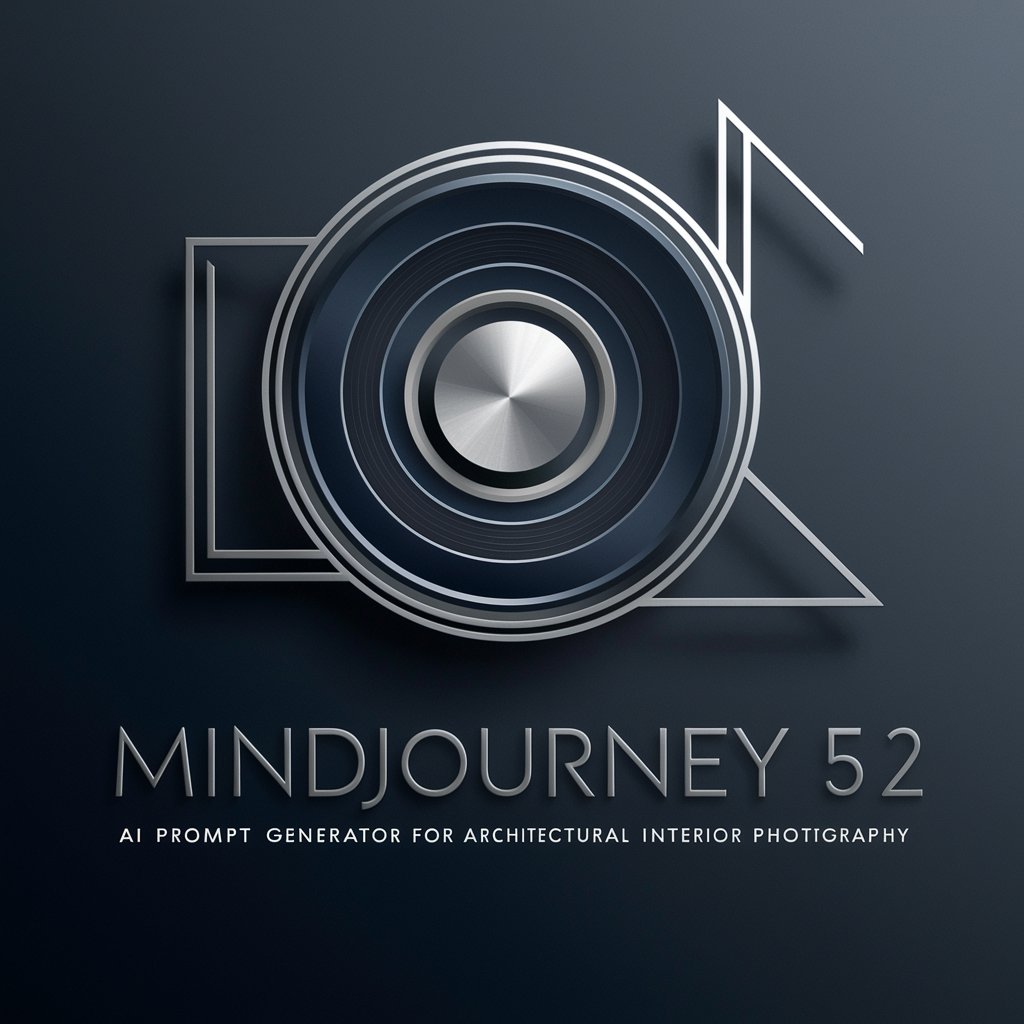
Nguyễn Hiền
Empower your business with AI expertise.

MedLearn USMLE Step 1
Master USMLE Step 1 with AI-powered precision.
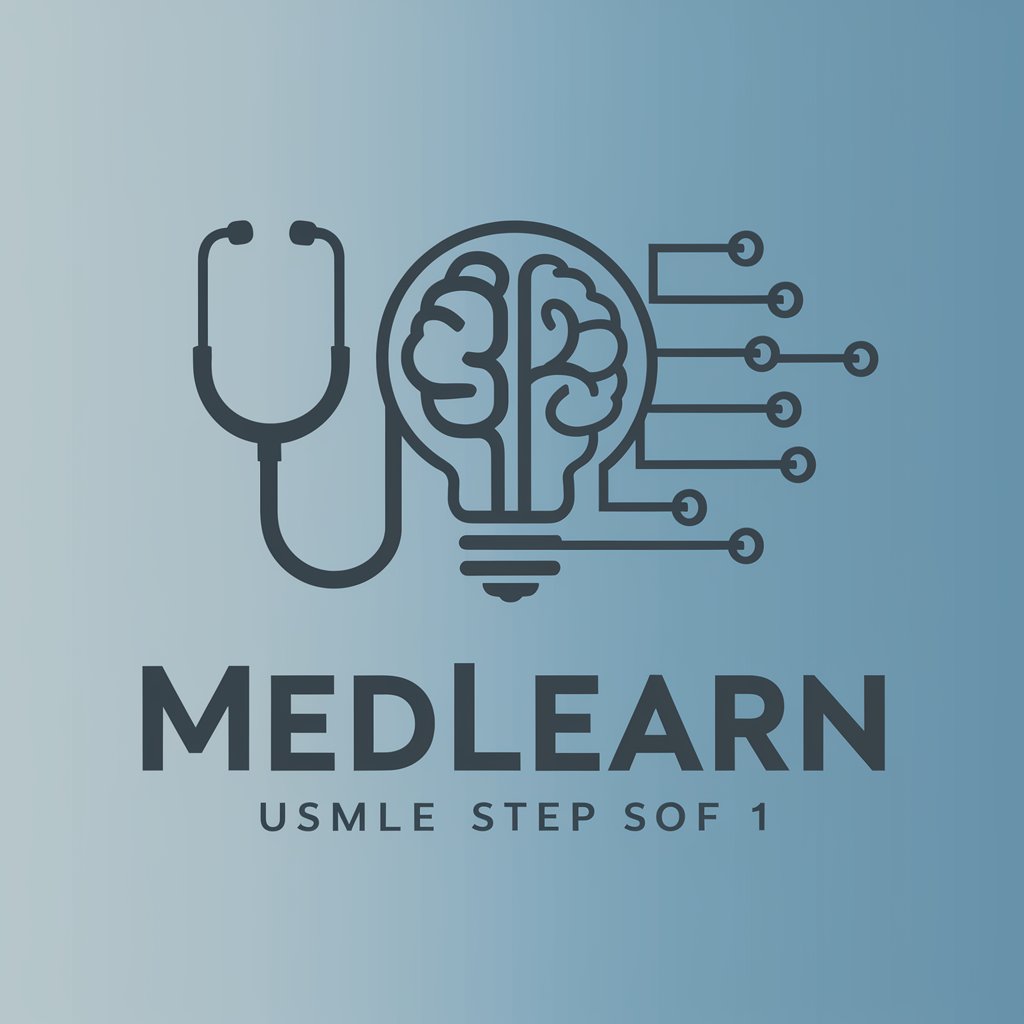
⛬ Sphinx Doc Strings ⚡ Maya Python Functions
Empower Your Maya Scripts with AI Assistance.
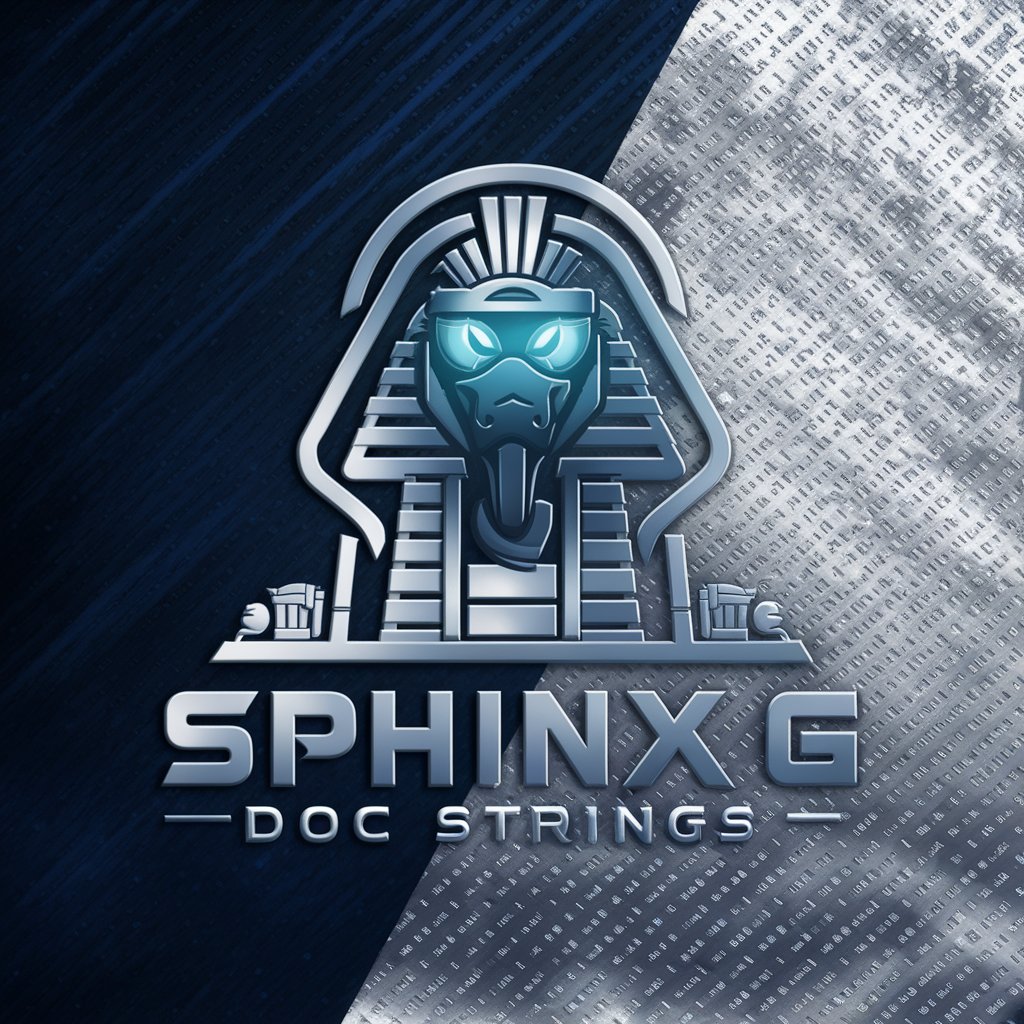
Ebook Helper
Your AI-powered ebook creation assistant.

IA Cannabis Mejora tu Cultivo (en Español)
Cultivate smarter with AI-powered guidance.

Looka
Empower Your Brand with AI

更勤奋更聪明的GPT4(纯净无广告)
Unlock AI-powered language capabilities.
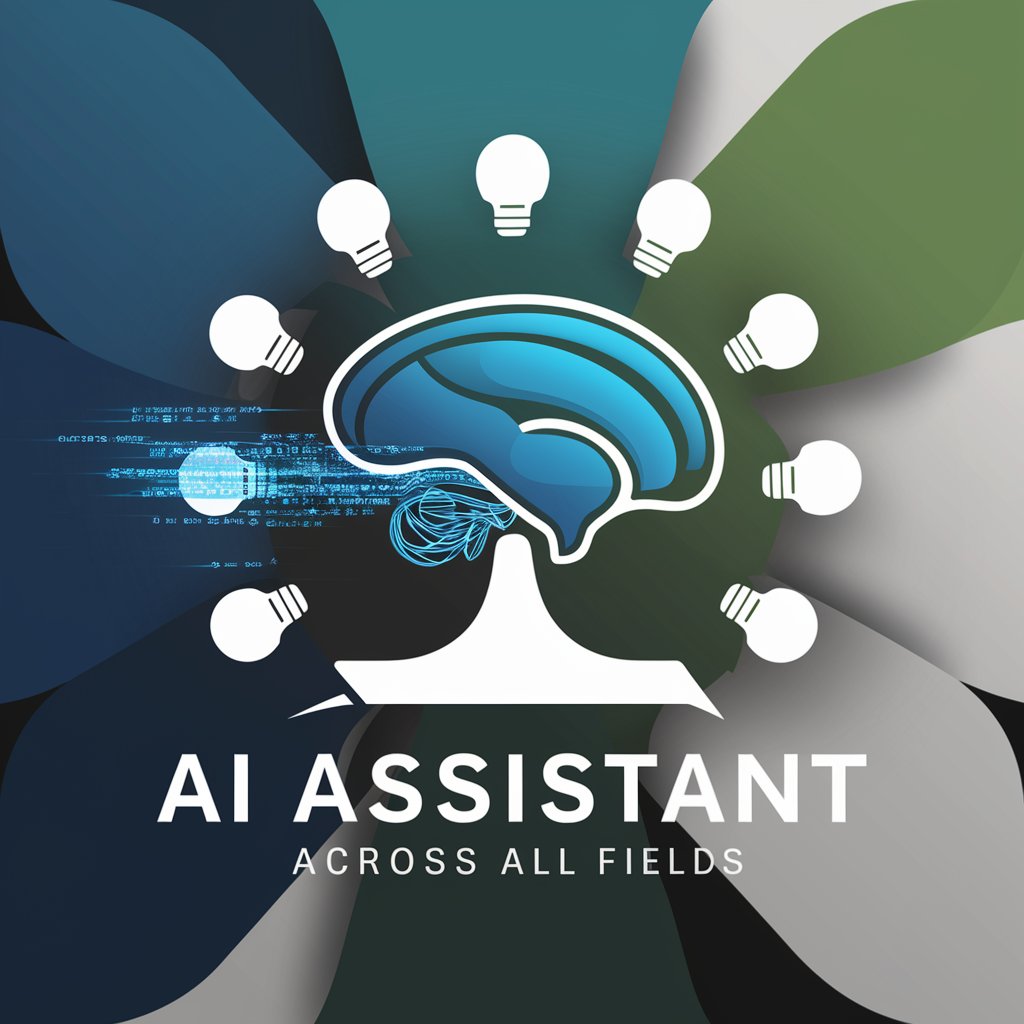
SN Scripting Guru
Unlock ServiceNow scripting potential with AI expertise.
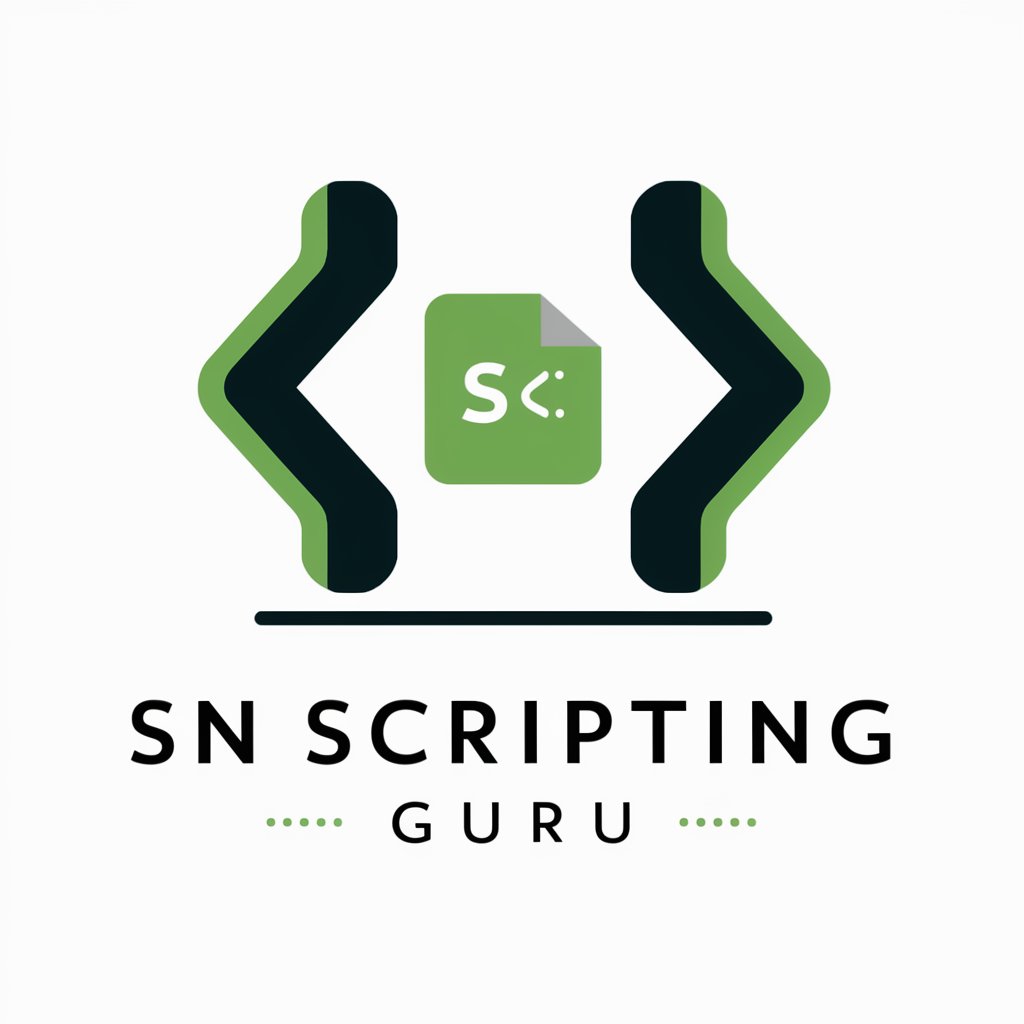
Vocal Remover Acapella and Instrumental Splitter
Transform your audio with AI precision.
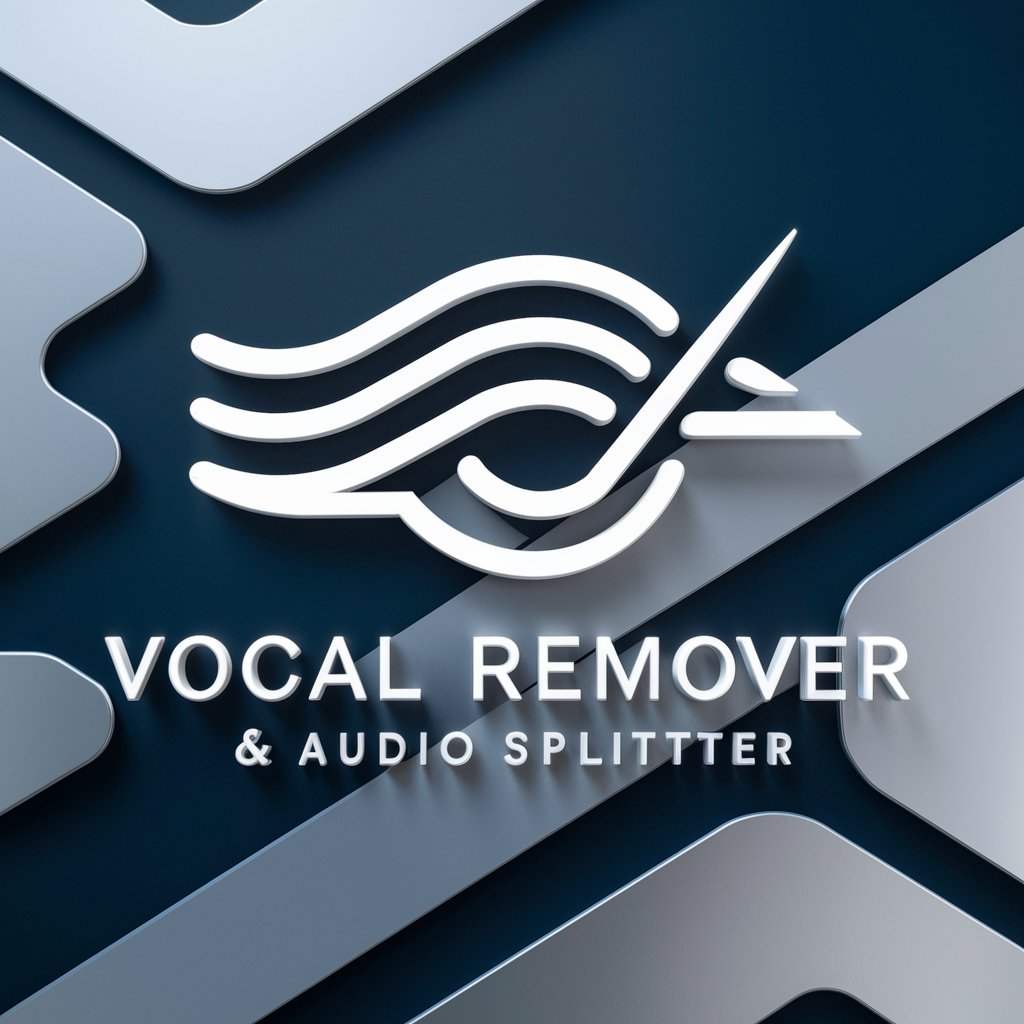
Swift UI Helper
Empowering Swift UI Development with AI
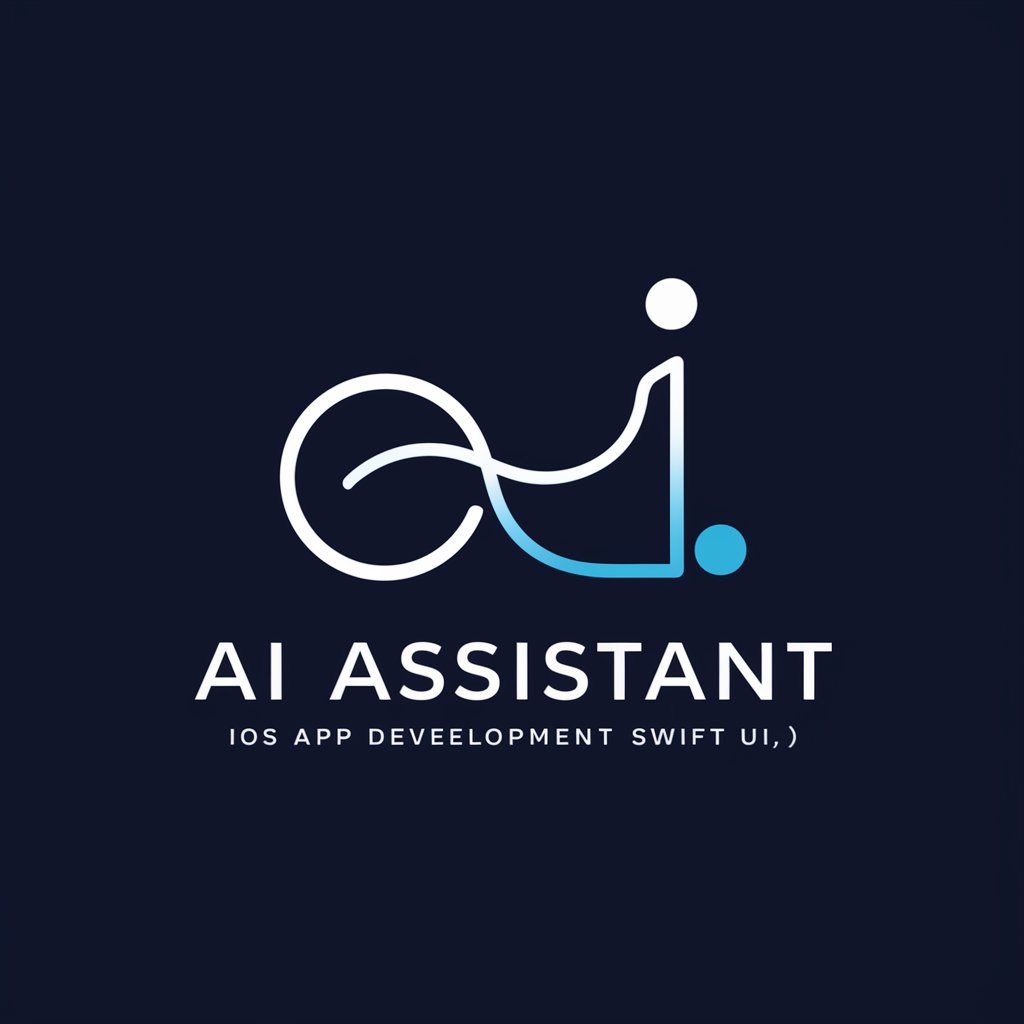
AI女友 - Kristin
Your AI-powered virtual companion for personalized interactions.

MuseNet Q&A
What is MuseNet?
MuseNet is an AI-powered tool that generates musical ideas such as melodies, chord progressions, and rhythmic patterns based on user-specified parameters like genre, mood, and instruments.
How does MuseNet work?
MuseNet utilizes deep learning algorithms trained on vast musical datasets to understand patterns and structures in music. It then generates new musical compositions by extrapolating from this knowledge and adhering to user-defined parameters.
Can MuseNet create entire songs?
While MuseNet can provide complete musical ideas including melodies, chord progressions, and rhythms, it doesn't compose entire songs. Instead, it offers inspiration and starting points for musicians to develop their own compositions further.
What genres does MuseNet support?
MuseNet supports a wide range of musical genres including classical, jazz, rock, electronic, and more. Users can select from these genres or specify custom parameters for even more diverse results.
Is MuseNet suitable for beginners?
Yes, MuseNet can be valuable for beginners as well as experienced musicians. It provides an educational tool for understanding musical theory and offers creative inspiration for composition.
